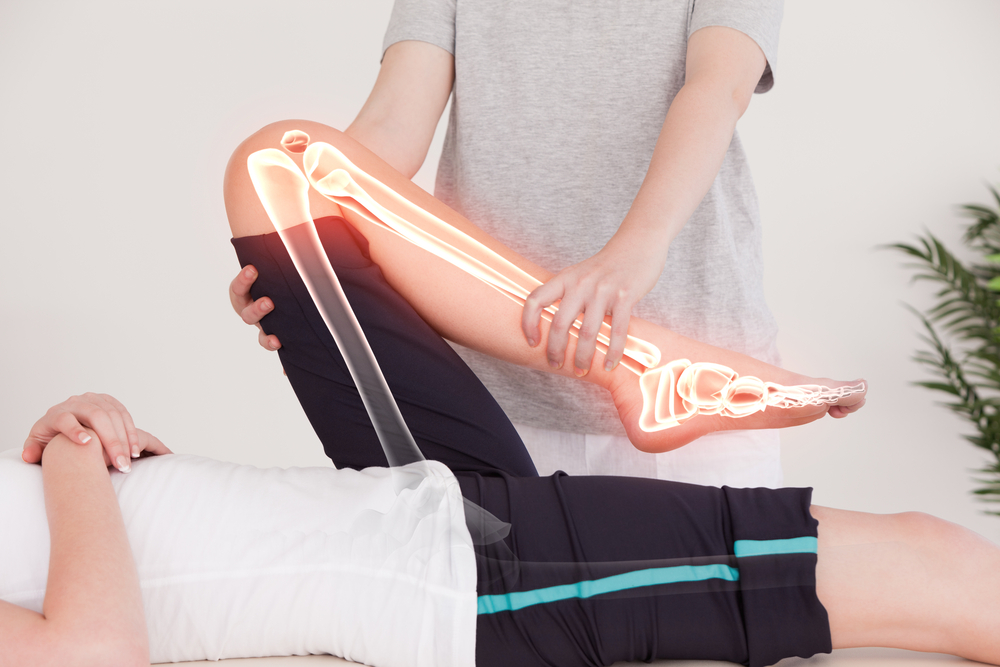Mix of Muscle Vibration and Intensive Rehab Seen to Increase Muscle Strength in SMA Type 2 and 3 in German Study
Written by |

A physiotherapy program that alternates whole-body vibration with intensive rehabilitation shows potential to improve motor function and mobility scores in children with spinal muscular atrophy (SMA) type 2 and 3, a study reports.
The program, called Auf die Beine (roughly, Stand Up), combines in-patient neuromuscular interval rehabilitation with home-based whole-body vibration to address the progressive loss of muscle strength caused by SMA. It is detailed in the study, “Vibration-Assisted Home Training Program for Children With Spinal Muscular Atrophy,” published in the journal Child Neurology Open.
Studies in both SMA patients and animal disease models suggest that targeted exercise may improve muscular strength and motor function. Research focusing specifically on whole-body vibration has also shown a potential to improve neuromuscular function in children.
This technique induces reflex-based muscle contractions, producing involuntary muscle contractions and providing positive feedback mechanisms that strengthen muscles. Whole-body vibration is also thought to be faster and safer than regular exercises alone.
The program was tested in an observational study at University Hospital Cologne, Germany, involving 38 SMA children (mean age, 4.64). It was composed of two inpatient stays — the first for 13 days of inpatient training, then three months of at-home training, followed by a second six-day inpatient stay. Finally, patients had six months of home rehabilitation before final assessment of improvements.
The in-patient stay involved four-to-five hours of daily goal-oriented physiotherapy, with or without the whole-body vibration apparatus. During this time, families and caregivers were trained on using the vibration apparatus at home.
During home training, a side-alternating whole body vibration device was used with standard exercises, such as standing (if possible with dynamic squatting), sitting, and the 4-point position.
Vibrations were applied through a vibrating surface that mechanically stimulates the child on its platform, and induces reflex-based muscle contractions. Each whole-body vibration session takes about three minutes and are repeated three times.
Children were assessed for changes in motor function using the Gross Motor Function Measure (those assessed before 2011) or the Hammersmith Functional Mobility Scale (post-2011 assessments). In total, 14 children were available for full evaluation — made at the beginning, after six months of home-based training, and after six months of follow-up — using the Gross Motor Function Measure, and 11 using the later measure, the Hammersmith Functional Mobility Scale.
Hammersmith is a scale of 20 activities that is specifically designed for SMA type 2 and 3; the Gross Motor Function was designed for children with cerebral palsy, but has been applied to other diseases.
Data showed that whole-body vibration assisted training improved both motor function and mobility, with further benefits seen after the intensive training period.
Eight of 11 children (72.7%) had a more than two-point improvement in the Hammersmith Functional Mobility Scale score, while the other four showed an increase between 0 and 2 points.
These point increases, the researchers noted, were significantly higher than what would be expected based on natural improvement over time (10%).
Somewhat similar improvements in muscular strength and function were also seen in six of 13 children assessed under the Gross Motor Function Measure — but the study did not detail these at length.
“The results of our uncontrolled retrospective observation of the neuromuscular treatment program Auf die Beine … indicate significant improvement in mobility,” the researchers wrote.
“Further improvement after active training can indicate better mobility in daily living and permanent repetition of the neuromuscular circuit once a better mobility level has been established after intensive training… [H]owever, whether this leads to a long-term clinical benefit requires further investigation,” they concluded.






